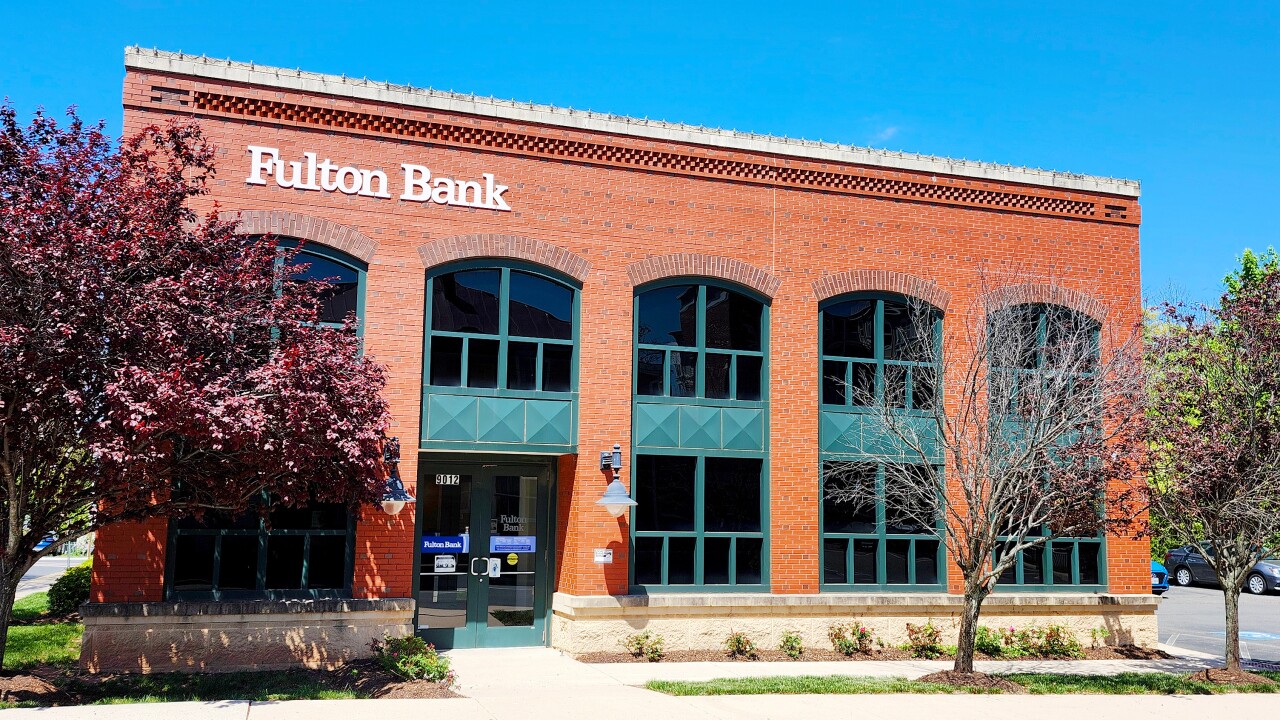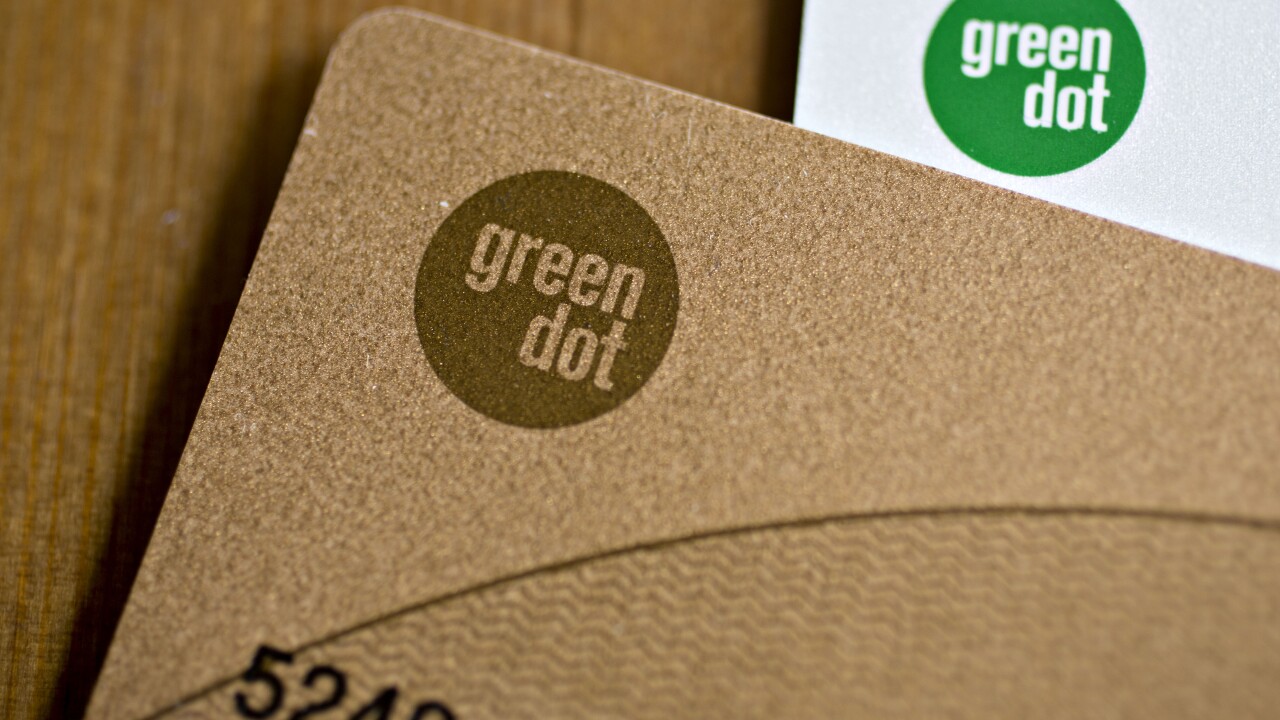Several banks are experimenting with an unusual Web feature: a pop-up conversation box connected to a live banker that shows up whenever a consumer - not necessarily a customer - seems to be shopping for a product or struggling with something.
The difference from standard chat offerings is that these services are proactive. They engage people who do not necessarily want to talk, though the consumer can decline the chat and be left alone to browse. Most banks that offer live chat wait for the Web surfer to initiate conversation.
Huntington Bancshares Inc. has been piloting a proactive chat service since October, and plans to continue it through December. An executive with the Columbus, Ohio, company said most people have given the service high marks in an online survey.
Wells Fargo & Co., which offers a standard chat feature, has started having customer service representatives approach visitors to its Web site. For privacy reasons, Wells is taking it slow, said Colin Walsh, an executive vice president in the San Francisco company's consumer credit group.
The feature is not entirely new. SunTrust Banks Inc. of Atlanta has been doing proactive chats for two years in the deposit and consumer loan product areas of its Web site, which also has static banner ads for online chat.
John McGuire, a senior vice president of SunTrust Banks and the managing director of SunTrust Online, said: "The first concern is, 'Am I being watched?' It's the first thing that comes to everyone's mind. But most customers decline the invite to chat and move on; it's still their choice."
Consumers who decline online chat do so because they are just browsing, "like in a shopping mall," Mr. McGuire said. Those who do make contact like the service and usually complete a purchase, he said.
"If they spent five minutes in the home equity section, that might indicate they're serious enough to have a customer service rep contact them," Mr. McGuire said. "They may just need a little encouragement to take that last step."
An executive from a company that sells live chat software said that response rates to pop-up invitations tend to be much higher. When a Web site runs a static banner ad offering live chat, only 1% to 2% of visitors respond, said Anthony Pante, a senior vice president of product strategy for LivePerson Inc. of New York, SunTrust's vendor. But when a consumer is prompted with a pop-up invitation to chat, the acceptance rate increases to 12% to 16%, Mr. Pante said.
If a customer is logged into online banking, the service representative will probably know who he or she is, but for the most part people can use the chat services anonymously. Several other large banks, including Bank of America Corp. and Citigroup Inc., offer live chat technology on their Web sites, but the offer is not made unless someone browsing the site contacts the bank.
"We speak only to customers who accept the chat," said Pam Archer, a vice president at Huntington.com, which is run by Huntington National Bank. "And it's totally anonymous. The only time we would know anything is if you're an existing customer who has logged on."
Ms. Archer said that consumers are more willing to buy products when they are talking with an expert. "It's really about turning visitors into customers," she said. A second goal is "to make sure our online customers are really buying."
Huntington is using technology from Proficient Systems Inc., an Atlanta company that also counts Bank of America as a client. Wells Fargo uses Hipbone Inc. of San Carlos, Calif., and Citibank uses technology from Cisco Systems Inc. of San Jose, Calif., but hosts and services the feature in-house.
On a test run Wednesday of Huntington's new system, American Banker started browsing the site's "personal loans" area. We had been looking at information about mortgages for a few minutes when a box popped up with a photograph of a woman and a message that said, "Hello, my name is Carl and I'm a lending specialist. How may I help you today?"
Declining the box prompted an electronic business card with Carl's full name, phone number, and other contact information, along with an invitation to submit an e-mail address to keep in touch. Accepting the box started a dialogue in a box that was similar in look and feel to America Online's instant message service. Carl answered some basic questions about mortgages and offered to have a mortgage specialist contact us. After we indicated he had answered our questions and signed off, we were presented with a survey about the experience.
Ms. Archer said that some call-center representatives customize their pop-up window with a digital photo; presumably, Carl took the boilerplate one.
Huntington, whose system uses software that monitors usage patterns, tries to tell when people need help or might be ready to buy something or open an account, Ms. Archer said. For example, if a customer fails to log into online bill-payment services after two attempts, a representative will approach them.
Ninety-six percent of those who have used the service have rated it "excellent" or "good" in the survey, Ms. Archer said. Wells Fargo reported a 95% satisfaction rating from a survey done this year.
Chris Musto, the vice president of research at the online banking consulting firm Gomez Inc. in Waltham, Mass., said initiating contact is a gamble. "It is slightly counter to customers' expectations while browsing online," he said, "but if you're getting customers who are interested, you could really close the deal."





